Instead our poor sister world quickly spiraled into a greenhouse effect that erased its oceans and drove all the water away, leaving a desert planet, coated with dense clouds of sulfuric acid and carbon dioxide.
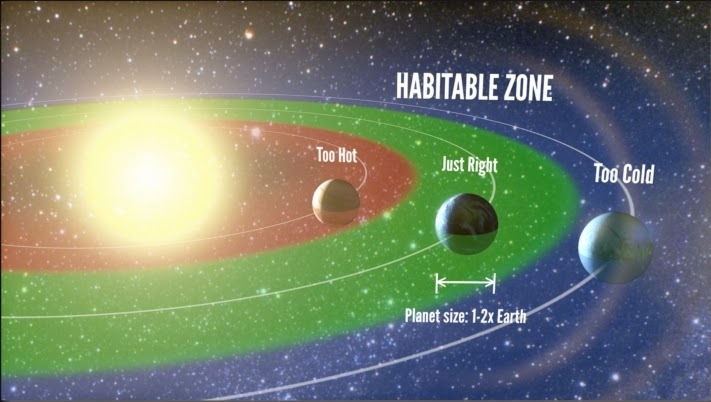 That kind of death spiral is what will happen to our Earth – either if we fill the atmosphere with greenhouse gases, or if we just wait one or two hundred million years, as the inner edge of our sun’s CHZ moves past where our planet orbits.
That kind of death spiral is what will happen to our Earth – either if we fill the atmosphere with greenhouse gases, or if we just wait one or two hundred million years, as the inner edge of our sun’s CHZ moves past where our planet orbits.
Bummer! Anyone who saw Woody Allen’s movie Radio Days knows that we were promised five billion more years of having a habitable planet! But Woody lied to us. Sure, it’s five billion till the sun, a G-type star, leaves the main sequence, expands prodigiously and eats the earth. But a long time before that , the sun’s gradual increase in temperature is going to make our planet uninhabitable, perhaps as soon as one hundred million years from now – about the same timescale it took for mammals to evolve into us, after that asteroid killed the dinosaurs.
Life on Earth might have only one more chance if we blow it.
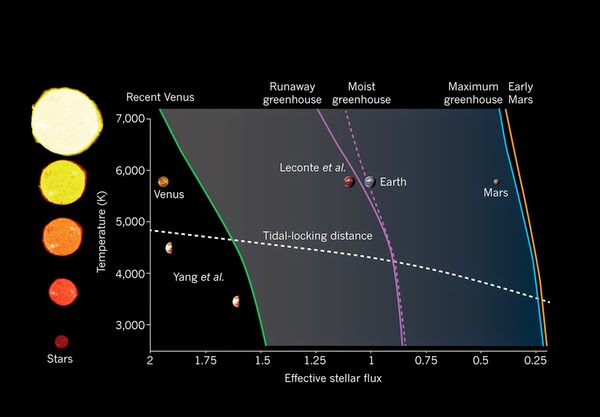 This world skates the very inner edge of the so-called Goldilocks zone or CHZ. This is why only a little bit of carbon dioxide generated by human industry is causing problems. Because we need an atmosphere that’s almost completely transparent in order to lose heat fast enough. It’s a bit hard to explain here (some other time), but we believe every watery world exists in what’s called a Gaia Balance in which natural feedback loops adjust the amount of greenhouse gas, so that the seas stay liquid. This close to the CHZ’s inner edge, that balance must have very, very low greenhouse levels.
This world skates the very inner edge of the so-called Goldilocks zone or CHZ. This is why only a little bit of carbon dioxide generated by human industry is causing problems. Because we need an atmosphere that’s almost completely transparent in order to lose heat fast enough. It’s a bit hard to explain here (some other time), but we believe every watery world exists in what’s called a Gaia Balance in which natural feedback loops adjust the amount of greenhouse gas, so that the seas stay liquid. This close to the CHZ’s inner edge, that balance must have very, very low greenhouse levels.
If Earth had been where Mars is – or if Mars had been larger – we would have a sister world out there with oceans, and a very dense CO2 atmosphere – reached by its Gaia balance.
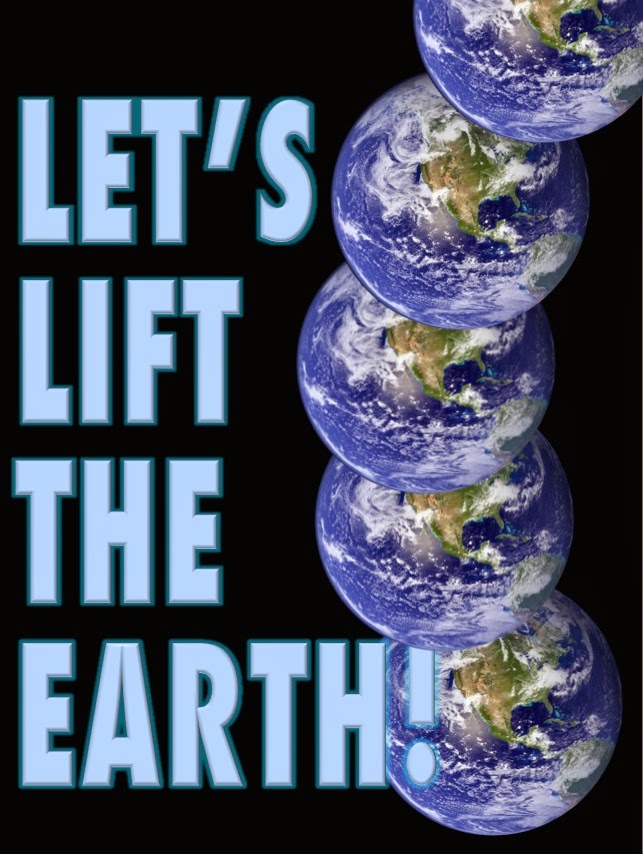 But we have no such wiggle room. We skate the very inner edge, recall. And that inner edge is creeping outward slowly. Don’t confuse this with human-generated climate change! This is much slower – but it’s too fast for comfort! In a hundred million years, deserts will spread and the oceans will start going away. We’ve got to get out of here!
But we have no such wiggle room. We skate the very inner edge, recall. And that inner edge is creeping outward slowly. Don’t confuse this with human-generated climate change! This is much slower – but it’s too fast for comfort! In a hundred million years, deserts will spread and the oceans will start going away. We’ve got to get out of here!
Already there is discussion about what to do about this problem. Some say let's go to other places! Becoming a spacefaring people, who occupy other worlds and habitats and fill the solar system with vibrant life. Europa, Mars, the asteroid colonies – but also, interstellar. As Elon Musk recommends, let's put our eggs in many baskets. That's certainly the best overall approach.
Still, like me, you'd probably hanker to do something to help the old planet that's been so kind (and patient) with us. I have some emotional attachment to this place. I’d like it to survive longer. So, can’t we do something for our home?
Raise it up – the whole planet! Let's pull our Mother out of harms way.
(Note: If you'd rather watch -- than read -- tune in to Let's Lift the Earth on Youtube. This article has more details.)
== Asteroid Fly-by ==
One method, if we were to get out into the solar system – would be to steer asteroids. The Planetary Resources company and a couple of competitors are already eying the many trillions of dollars of resources that we might get ahold of, out there. Once those capabilities are achieved, we'll be able to herd them where we like!
Suppose our vastly wise and mighty descendants were to use this capability to nudge something much bigger? Picture millions of asteroids, targeted to swing right past the Earth in near misses, transferring some of their forward momentum to the planet with each pass, and gradually pumping-up its orbit. Increasing its width and distance from the sun -- staving off the heat by just enough.
My assessment of this proposal? I think it’s one of the stupidest ideas ever imagined! Sure, it might work, if you were to fly such near misses 10 million times, throwing away valuable asteroids that might have a myriad other uses. And in those ten million near brushes, what god-like level of competence would you require, in order to know for sure that none of those rocks would veer a little bit and strike the planet? We're talking about a process taking millions of years. Suppose societies and civilizations shift at some point and asteroids that have already been sent Earthward get forgotten or neglected.
No, this seems a really bad idea.
== A Gravitational Tug? ==
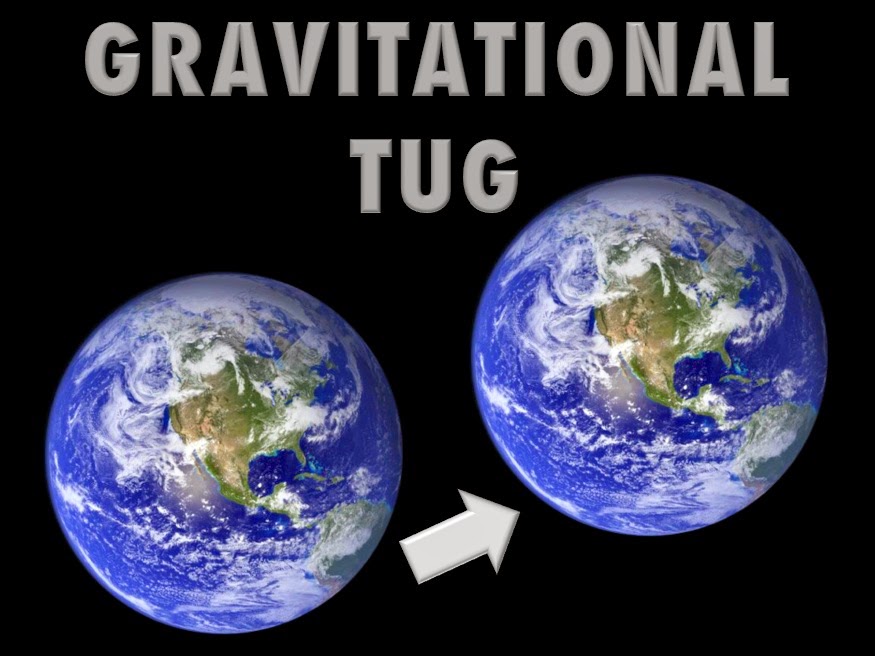 Another possibility is called the Gravitational Tug. There is already a clear concept how we might use this method to move asteroids that are heading toward the Earth, and shift them out of the way. Take a heavy spacecraft. Hover it near the asteroid and pump away with ion engines, just enough so that the asteroid’s gravity is not escaped. In that case the asteroid follows the spacecraft. And hence the idea -- we could set up an asteroid at the L1 or L2 or L5 Lagrangian points of Earth’s orbit and tug the earth away.
Another possibility is called the Gravitational Tug. There is already a clear concept how we might use this method to move asteroids that are heading toward the Earth, and shift them out of the way. Take a heavy spacecraft. Hover it near the asteroid and pump away with ion engines, just enough so that the asteroid’s gravity is not escaped. In that case the asteroid follows the spacecraft. And hence the idea -- we could set up an asteroid at the L1 or L2 or L5 Lagrangian points of Earth’s orbit and tug the earth away.
A simpler version of the same idea would be to use the Moon as a tug, by using mass-driver accelerators on its surface to fire lumps of matter away at the right angle and velocity to both propel the Moon a bit outward (dragging the Earth along) and send the projectiles into the Sun (no sense cluttering the Solar System!
Sound plausible? Well… maybe it’s time to take a closer look at what It takes to move a planet.
== You’ll need time, a long lever… and lots of power ==
Let's look at those power requirements, very roughly. Assume that you want to enlarge or widen Earth’s orbit by about one tenth of an astronomical unit or 0.1 AU outward per hundred million (1E8) years.
The planet’s mass is 6E24 kg or six trillion trillion kilograms. It's orbit velocity around the sun is 29.5 km/s. Keeping the orbit circular requires lifting both perihelion and aphelion 0.1AU outward. That will require adding more velocity… a “deltaV” of about 1.4 km/s.
The work done is 2.4E32, or about a billion trillion trillion Joules.
Hold on to that number, which is simply and purely “astronomical!” Clearly, it ain’t happening by flinging asteroids by the Earth, or tugging with an ion drive on a nearby asteroid. You can trade force for time. But you are going to need a lot of both.
Let’s start with time. It’s going to take millions of years to lift something as heavy as the Earth with little nudges. Generations. Eons. The lifespan of whole civilizations. Perhaps the lifespan of species!
Moreover your method is going to have to survive rises and falls of these cultures. Periods when a society decides against investing in such projects, opting for short-term thinking. “We don’t have the money right now, we’re passing through a depression.” Or perhaps civilization falls, and they have to recover, rediscover and read the old records and re-realize the imperative that they owe their planet. Whatever method you come up with is going to have to survive disruptions, pauses, even changes of species.
== Electodynamic Tethers ==
Let’s pause and do an aside about Electrodynamic Tethers. I talk about them in my novel Existence, and in a short story, Tank Farm Dynamo. As the world expert on tethers, Joe Carroll has indicated, if you allow a conducting cable to settle into gravity as its orbiting around the earth, it will stable along a radius from the center of the earth. This is called Gravity Gradient Stabilization.
Let’s say the tether is made of a conductive material. This orbit is cutting through Earth’s magnetic field. So an EMF or electromotive force, or voltage, becomes induced – just like the armature of a generator – along the length of the tether. If you were to spew electrons off one end of the cathode, you would then be able to suck energy out of the orbit. The tether would slowly go down, but you’d get all the power you need for your space station. I talk about this in Tank Farm Dynamo.
But now let’s say you have lots of power (with a fusion planet or lots of solar cells) and decide to push electrons against the EMF, so that they spew out the other end. (And assume the circuit can reconnect via an ionosphere.) Now you no longer have the armature of a dynamo – but that of a motor! You’re cranking against Earth’s magnetic field, and the electrodynamic tether rises.
(These experiments have been done. Joe Carroll’s TetherApplications has performed them in partnership with the U.S. Air Force. We’re about to use this method to send spacecraft navigating around Low Earth Orbit without expending any rocket fuel – just energy.)
== Up with Space Elevators ==
You can see that this is a relative of the space elevator. The space elevator is a tether that is anchored to the earth at the equator and has a counterweight beyond geosynchronous orbit – with a big space station at geosynchronous orbit. The new carbon fibers may make space elevators a reality. Kim Stanley Robinson envisioned them around Mars in his novel, Red Mars.
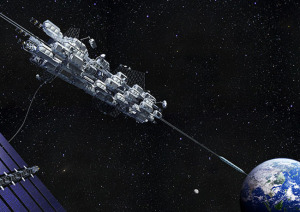 Let’s combine these concepts. Imagine a space elevator that is electrically conducting – cutting through the earth’s magnetic field. This will tug on the earth – and maybe pull it upward. Alas, there’s a problem. The Earth is rotating so fast, with a 24 hour day, it would be very difficult to time the pumps in just the right way so that the effect is not on earth’s rotation but on its orbit.
Let’s combine these concepts. Imagine a space elevator that is electrically conducting – cutting through the earth’s magnetic field. This will tug on the earth – and maybe pull it upward. Alas, there’s a problem. The Earth is rotating so fast, with a 24 hour day, it would be very difficult to time the pumps in just the right way so that the effect is not on earth’s rotation but on its orbit.
In fact, remember, you have to add momentum to Earth’s orbit, so that it rises – so that it gets farther from the sun. But an Earth beanstalk will be leveraging against the Earth’s own magnetic field. Like trying to lift yourself by your own bootstraps.
Another thing. You cannot count on generation after generation maintaining a space elevator on the earth. And if it falls, it’s going to do some damage.
== The lucky combo: tether-elevators… and the moon! ==
 But, what if you put a space elevator on the other side of the moon? If it falls, not a lot of damage. If it breaks, the elevator just floats away into space. It would take commerce in, receiving resources from the asteroids. It would be sending out refined, developed materials, part of a lunar industry. People would be counting on this space elevator, without thinking about what it going on in the background.
But, what if you put a space elevator on the other side of the moon? If it falls, not a lot of damage. If it breaks, the elevator just floats away into space. It would take commerce in, receiving resources from the asteroids. It would be sending out refined, developed materials, part of a lunar industry. People would be counting on this space elevator, without thinking about what it going on in the background.
Now let’s think this through. If the cable were also electrically conducting, you now have an electrodynamic tether hanging outward from the moon at 60 Earth radii from our planet. That means it is now cutting through the sun’s magnetic field, not the Earth's (except when it passes through the "geo-tail" for part of one day each month). You can push and pull against that and move the Earth relative to the sun. Moreover, it takes a month for the Moon to orbit Earth, so it’s much easier to time the pumping of the electrons. A rhythmic pumping that is continuously tugging on the moon. Outward near full moon, when it is farthest from the sun and inward when the moon is between Earth and the star.
(Orbital dynamics note. The timing of our pumping is different than if you had wanted to take the Moon away from the Earth.)
As it tugs on the moon, the Moon tries to rise, but Earth resists – and Earth follows!
== Practical requirements ==
Okay that’s the theory. What do the numbers say? First off, we immediately run into a scale problem The Earth’s magnetic field is very strong -- 25,000 nanotesla in LEO, near the equator. But we’ve already seen we cannot use that to move the Earth, only satellites near it. In contrast, the sun’s magnetic field at Earth's radius from sun (1 a.u.) is only ~1 nanotesla.
This is partly compensated for by the fact that Earth's velocity around the sun is four times higher than a satellite orbiting Earth in LEO. Put it all together and you induce along the beanstalk’s length an EMF of ~200V/km. If our baseline tether, suspended outward from the far side of the moon, is say 50,000 kilometers long… a hefty engineering feat, but no obstacle to future folk… and if we also assume use of superconductors, then it should be possible to induce many kV -- and the associated force.
Another important factor: the EM tether trick requires having a cloud of electrons nearby that can complete the circuit. In effect, to make this work, our descendants may need to generate sufficient electron densities near the Moon to provide it with an ionosphere. A challenge, as would be ohmic losses and the inefficiency of pumping during the whole orbit, rather than just at those peak, inner and outer sites.
All right, let’s assume a probably optimistic average efficiency of ~25%. This gives an intentionally round number of order 1E33 joules, to be supplied in 1E8 (a hundred million) years. That requires 3.2E17 watts average power during that time. Now let’s triple that, because there will likely be many times when the tether-elevator isn’t properly used, is ignored, or does not exist – till the next long-seeing generation or species comes along. Call the requirement ten to the eighteen watts. Or a billion gigawatts.
The current energy use of Earth civilization is about 20 terawatts or 20,000 gigawatts. So… it would seem that our Earth lifting system would need to apply only 50,000 times the total generating capacity of all artificial energy systems currently used by humankind.
Only 50,000 times our current energy use? A pittance!
Well, we can hope it would seem so, to those brainy and wise and powerful descendants of ours. When you put it in terms of the so-called “Kardashev scale,” it’s not too big a figure to ponder.
Putting it in perspective: If we have 40% efficient multi-junction solar cells tracking the sun, with a solar intensity that remains roughly constant as we spiral out, we need 5.8E14 m2 of solar cells. That is 1.1X the total surface area of the Earth. Daunting? Maybe for us. But filmy, light and wide energy collecting systems ought to be pretty common in the solar system, even within just a century from now.
Picture a huge parasol that dangles from the far end of the moon-elevator’s counterweight. It could be that large, collecting maximum energy at the two points when it is most needed, when it is both farthest and closest to the sun… with a small problem of eclipses that may require some finessing. This counter-weight suspension should be inherently stable, solving a problem that’s inherent in all other “geoengineering parasol” concepts, which must be maintained carefully and with dynamic adjustments.
== Comparison with parasol shades ==
Let’s take a look at a project that is of similar scale, easier (by far) for a primitive civilization like ours to implement, but with other disadvantages. For our purposes, it will set things in perspective.
That major example would be a Shade Parasol, established a bit sunward of the L1 Lagrangian point, ~1.5E9 m sunward of Earth, with the purpose of countering global warming by slightly reducing the amount of sunlight hitting the planet. Calculations by Oldson and Carroll suggest that such a parasol might cool the planet by the same amount as increasing the planet’s orbit by 10%, just by removing 17% or so of the sunlight. This requires a parasol a bit more than half the Earth’s diameter or about 7000 kilometers.
(* For this and other parasol, sunshade concepts see: www.star-tech-inc.com/papers/earth_rings/earth_rings.pdf )
This advantages of somewhat smaller surface area, and not requiring a lunar beanstalk to work with, are countered by the fact that any shading system must be maintained, almost constantly. And the moment you lose the parasol, heating resumes, as before, but with many transients caused by any sudden change. These effects might be especially devastating if the parasol failed because of a civilization setback that prevented quick repairs.
In contrast, Earth-lifting (via a lunar beanstalk) can survive any such setbacks, which will not reset the planet back to an older orbit. All previous gains are retained. The cooling effects of each increment of orbital change are permanent.
This is how you raise the planet, without endangering the Earth with asteroid flybys. You pump it with an electrically conductive space elevator on the far side of the moon. The great advantage? Civilizations can rise and fall. Budgets can be cut. The tether can be cut; it just floats away. You replace it. Over the course of millions of years, all you need is for phases of the rich civilizations to do this – maybe half the time – and move the planet. As the sun’s heat moves the continuously habitable zone, or Goldilocks zone, further outward.
Of course, some combination of these methods might serve the purposes of our descendants and the skills required for one would help the other. Parasol shades might buy a civilization time to get on with the other, more ambitious and long-lasting solution.
== A side note: on geoengineering ==
The question is, could this solve our problems now, with global climate change? There’s a branch of science called geoengineering. Too many people are opposed to even thinking about it. There’s nothing wrong with doing preliminary experiments. Of course our number one job is to prevent things that we are doing that are harming the earth.
Indeed, most of the actions required to prevent Global Climate Change are TWODA – Things We Ought To Do Anyway. Actions that would help us to become more energy-efficient, and save money, while alleviating the rise in earth’s greenhouse gases.
We should be able to talk about options to find win-win engineering projects that could help us save the planet. Stirring bottom muck in the oceans could raise so much plankton that we stimulate new fish nurseries, like what happens off the Grand Banks of Newfoundland, or in Chile. That might suck carbon out of the atmosphere.
But… let's get back to thinking long term.
== Get on with it! ==
This is how you raise the planet, without endangering the earth with idiotic asteroid flybys. You pump it outward with an electrically conductive space elevator on the far side of the moon.
Again, the great advantage? Civilizations can rise and fall. Budgets can be cut. The tether can be cut; it just floats away. You replace it. Over the course of millions of years, all you need is for phases of rich civilizations to do this – maybe half the time – as the sun’s heat continuously our habitable or Goldilocks zone, further outward. And move the planet.




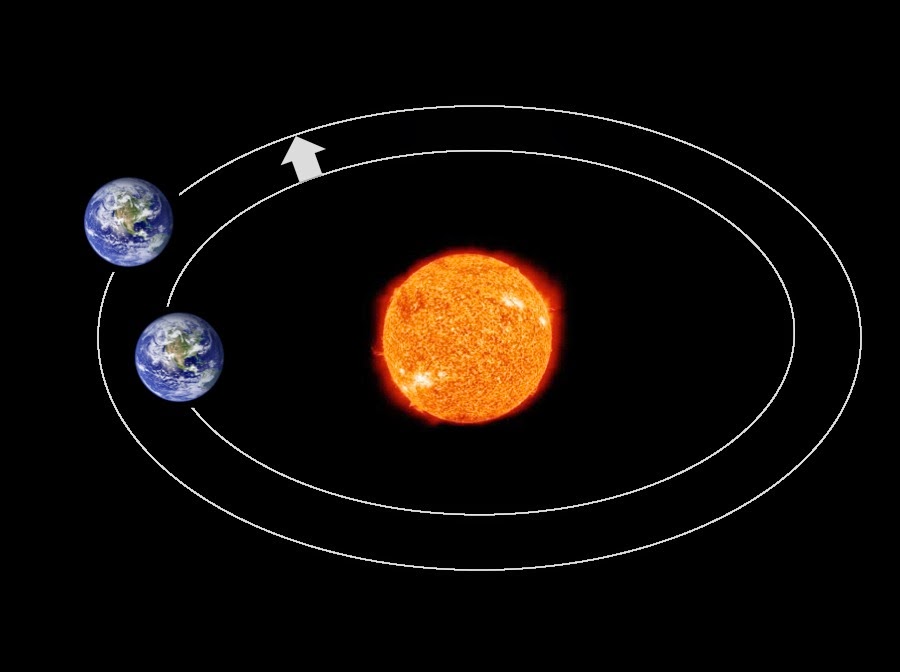

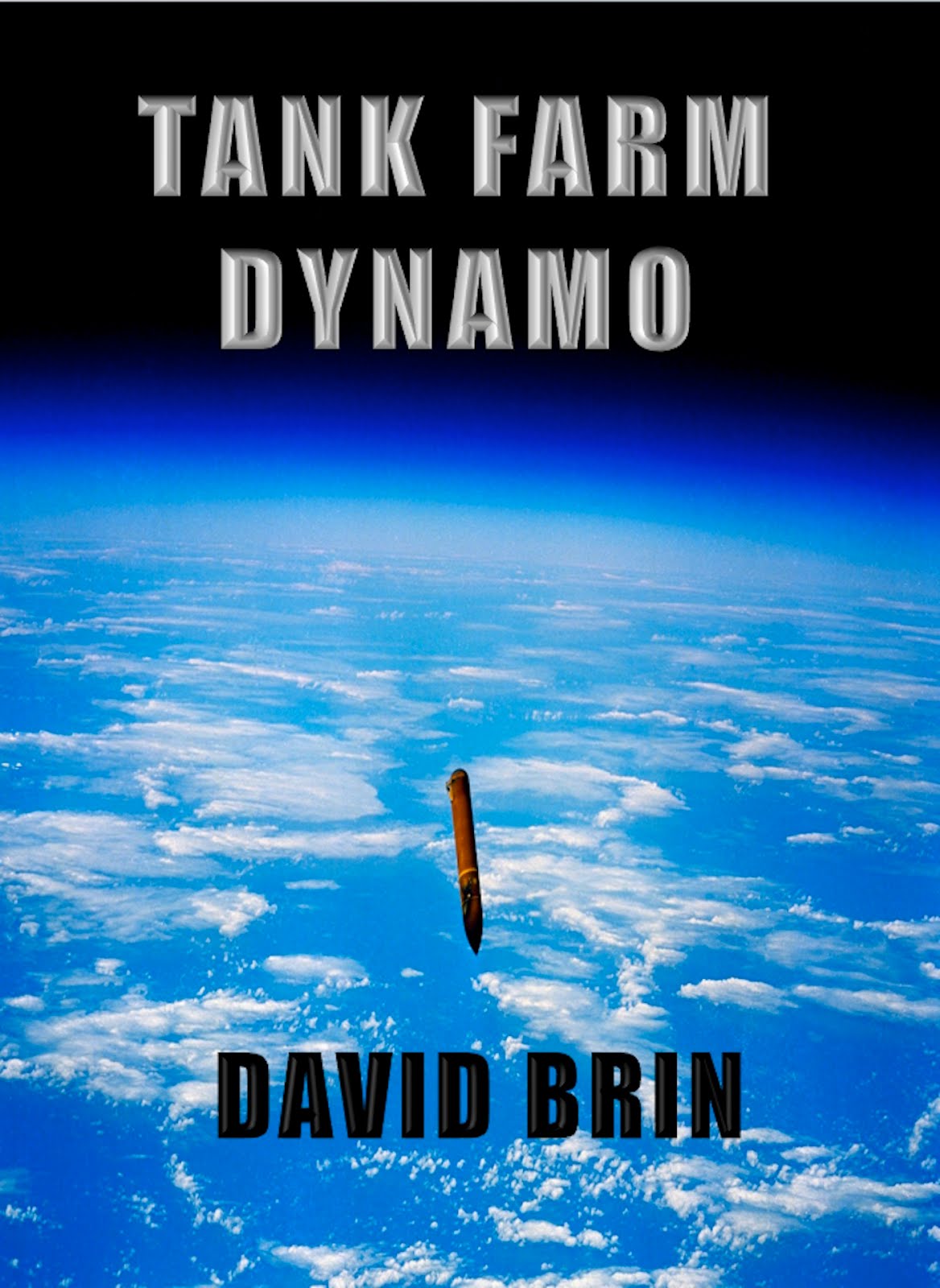
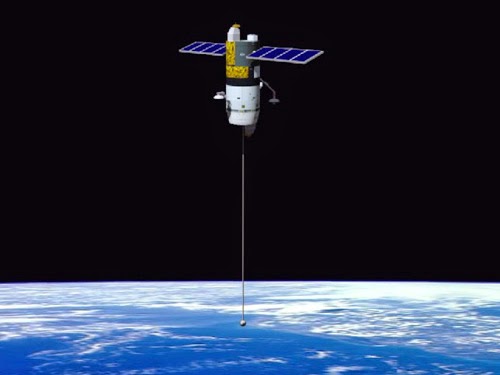

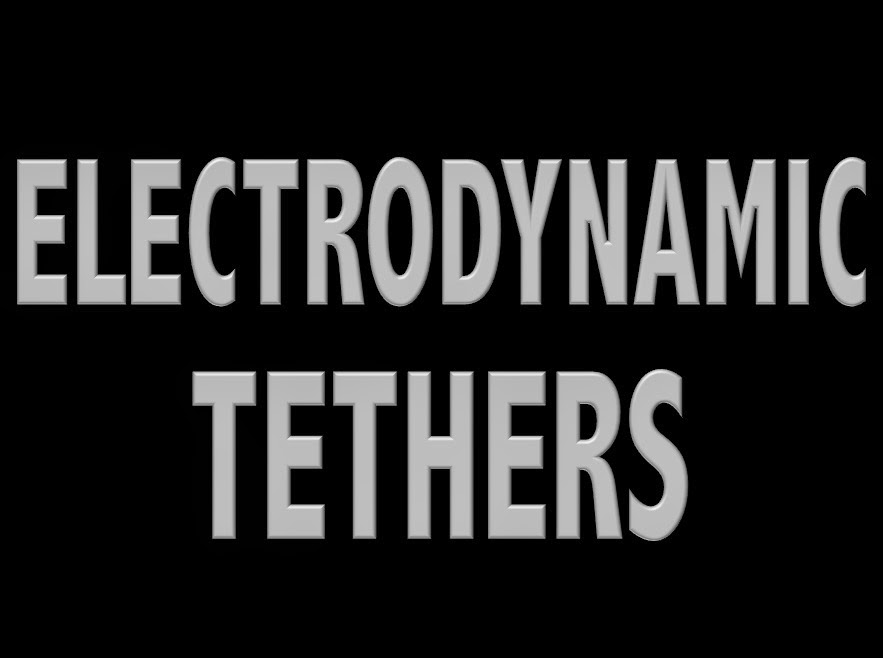
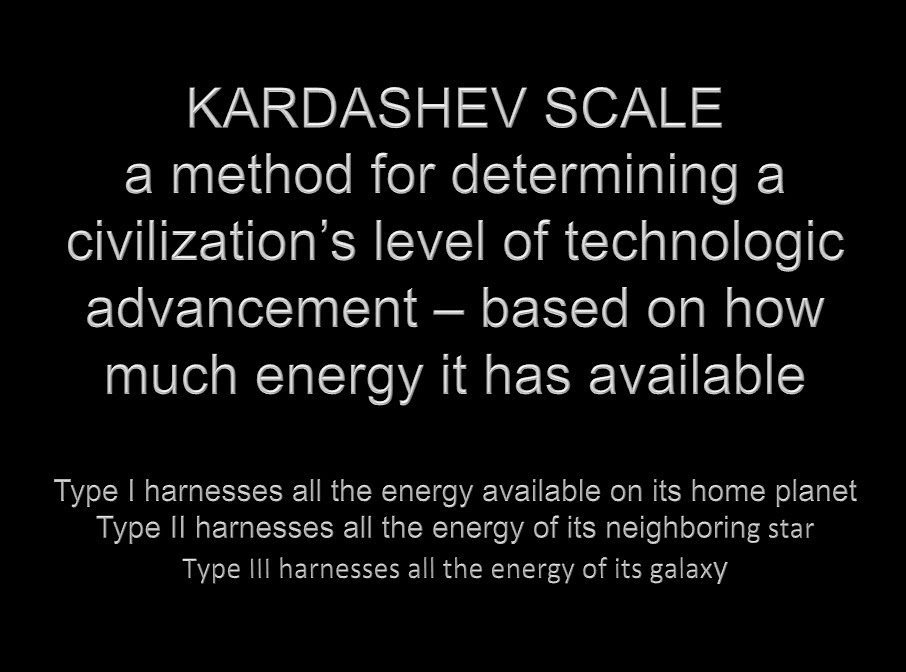
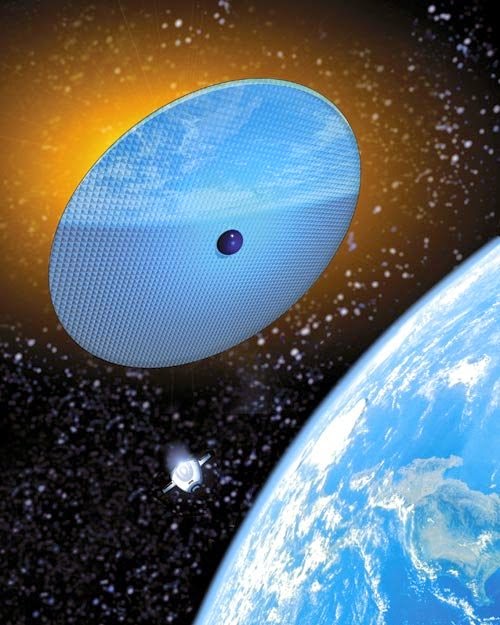


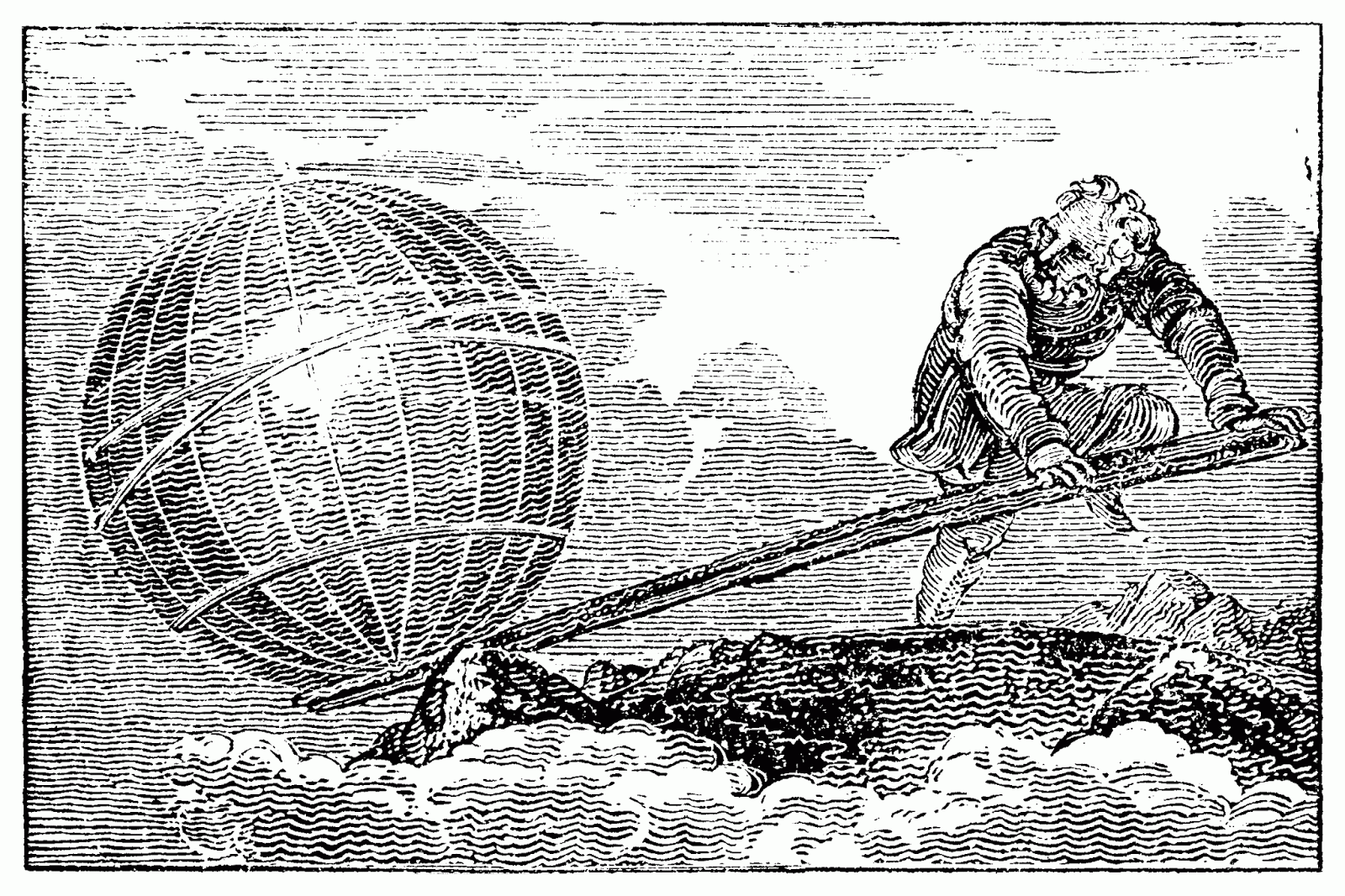



Comments